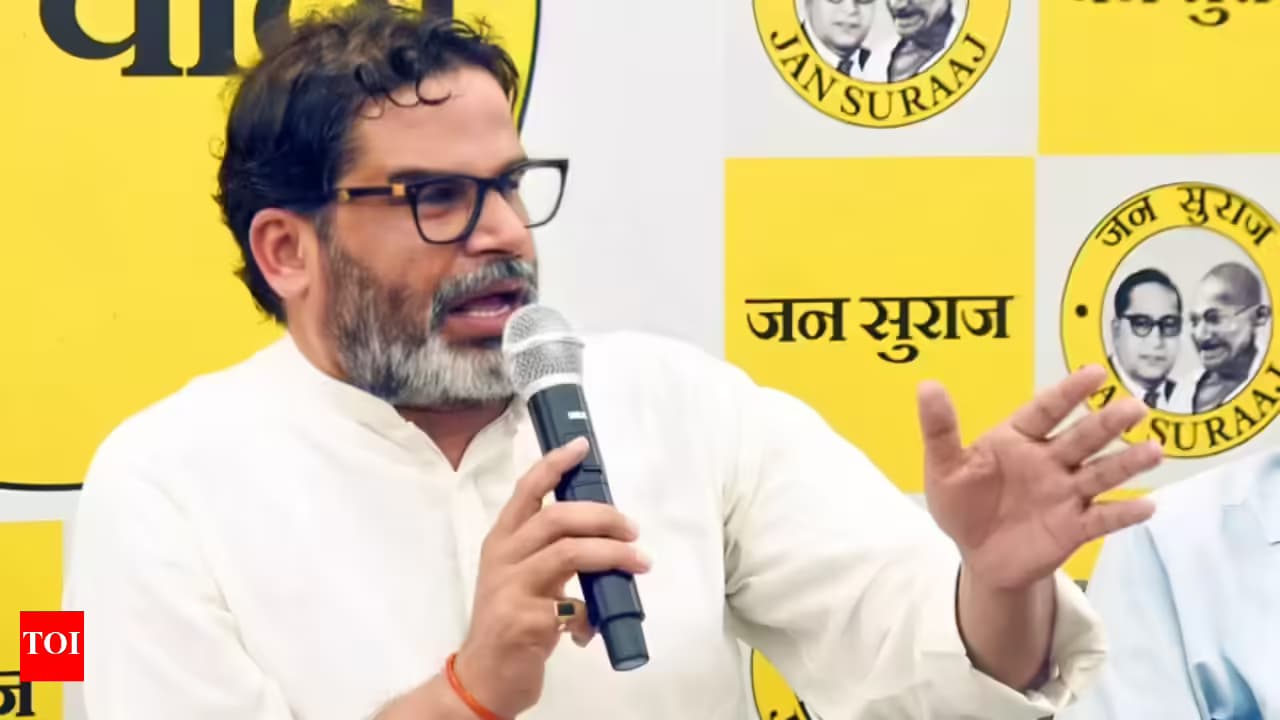Loading News Article...
We're loading the full news article for you. This includes the article content, images, author information, and related articles.
We're loading the full news article for you. This includes the article content, images, author information, and related articles.
Renowned strategist Prashant Kishor’s Jan Suraaj party failed to secure a single seat in Bihar's state elections, a stark lesson for new political movements challenging established orders, with potential parallels for Kenya's own evolving political landscape.

Celebrated political strategist Prashant Kishor, once the architect of victories for major Indian political figures including Prime Minister Narendra Modi, faced a stark reality check on Friday, 14 November 2025 (EAT). His much-hyped political “start-up,” the Jan Suraaj Party (JSP), failed to win a single seat in the legislative assembly elections in Bihar, India's third-most populous state. The party, which contested 238 of the 243 available seats, garnered a mere 2-3% of the total vote, a result that positions it as a non-player in a decisive election swept by Modi's National Democratic Alliance (NDA).
The NDA coalition secured a commanding victory, winning 202 seats and demonstrating the enduring influence of established political structures in the region. The results from the Election Commission of India confirmed the BJP-led alliance's landslide, leaving little room for new entrants like Jan Suraaj. For Kishor, who famously predicted his party would either be “arsh par ya farsh par” (at the zenith or on the floor), the outcome was an unequivocal thud back to earth.
Despite a high-visibility campaign, including a 3,000-km walk (padyatra) across the state by Kishor starting on 2 October 2022, Jan Suraaj struggled to translate media buzz into votes. Analysts point to several critical missteps. The party's message, focused on broad themes of good governance, jobs, and migration, was perceived as abstract by many rural voters who are more influenced by local ties and caste-based networks. Political scientist Ashwani Kumar noted that new political formations typically succeed when they emerge from a genuine people's movement with a strong cadre-based structure, which he described as lacking in Kishor's “astro turf politics.”
Furthermore, the party lacked a recognizable second line of leadership, with Kishor himself being the solitary public face. His own decision not to contest a seat reportedly created ambiguity and doubt among potential supporters about the seriousness of his political project. In a state where caste arithmetic remains a powerful electoral determinant, Jan Suraaj failed to build a viable social coalition to challenge the entrenched bases of the NDA and the opposition Mahagathbandhan alliance.
The failure of Jan Suraaj underscores a broader trend in Indian politics: the immense difficulty for new parties to break through. Since the successful debut of the Telugu Desam Party (TDP) in 1983, very few new entrants have achieved significant relevance. Those that have, such as West Bengal's Trinamool Congress, were often breakaway factions from larger parties, inheriting an existing social base.
Others, like the Asom Gana Parishad (AGP) in 1985 and the Aam Aadmi Party (AAP) in Delhi in 2013, were born from large-scale, street-level mass mobilizations against corruption or for regional rights. The AGP, for instance, was formed after the historic Assam Accord of 1985, riding a wave of regional sentiment to win 67 of 126 seats in its debut election. Similarly, the AAP emerged from the powerful India Against Corruption movement. Kishor's Jan Suraaj, by contrast, was not the product of a widespread popular uprising and entered an electoral field without a strong anti-incumbency wave to ride.
While rooted in the specific context of Bihar, the Jan Suraaj saga offers cautionary insights for emerging political movements globally, including in Kenya. The story highlights the critical difference between media visibility and on-the-ground organizational strength. In political landscapes dominated by established patronage networks and deep-seated ethnic or social loyalties, a message of technocratic good governance alone may not be sufficient to sway voters.
The Kenyan political scene has seen its own share of new parties and movements attempting to challenge the dominance of established coalitions. The results in Bihar suggest that without a foundational social base or a galvanizing crisis, even the most well-funded and strategically-advised campaigns can falter. Building a political party from scratch requires more than a compelling narrative; it demands a deep-rooted organizational structure, credible local leaders, and a message that resonates with the immediate, tangible concerns of the electorate. As Prashant Kishor discovered, diagnosing the system's flaws from the outside is vastly different from earning the trust required to change it from within.